
In an increasingly electrified world, where everything from our smart homes to advanced personal transport relies on a sophisticated web of electrical phenomena, a deeper understanding of electricity isn’t just for engineers—it’s for everyone. We often take this invisible force for granted, much like air and water, assuming its consistent presence without pausing to consider the intricate principles governing its behavior. However, overlooking these fundamental truths can lead to a significant disconnect between expectation and reality, especially as we interact with more complex electrical systems and technologies. A true ‘reality check’ begins not with the gadgets themselves, but with the very essence of the power that drives them.
This in-depth exploration aims to peel back the layers of everyday electrical convenience and reveal the core principles that dictate how electricity works, why it behaves the way it does, and the profound implications of these fundamental realities. Drawing on centuries of scientific discovery and practical application, from the early observations of Benjamin Franklin to the groundbreaking work of Faraday and Maxwell, we present an authoritative overview of the ‘truths’ that underpin our entire electrical infrastructure. This isn’t just theory; it’s the bedrock knowledge that informs performance, safety, and efficiency across all electrical domains.
Our journey will dissect key concepts, starting with the very nature of electric charge, moving through the forces it generates, and then examining the dynamics of electric current—including the critical distinctions between direct and alternating current. Each ‘truth’ is presented not merely as a scientific fact, but as a practical insight, offering a comprehensive understanding that can empower any user to navigate the complexities of electrical systems with greater confidence and informed awareness. Understanding these fundamentals is crucial for anyone engaging with modern technology, whether you’re managing household appliances or considering the next generation of electrified transport.
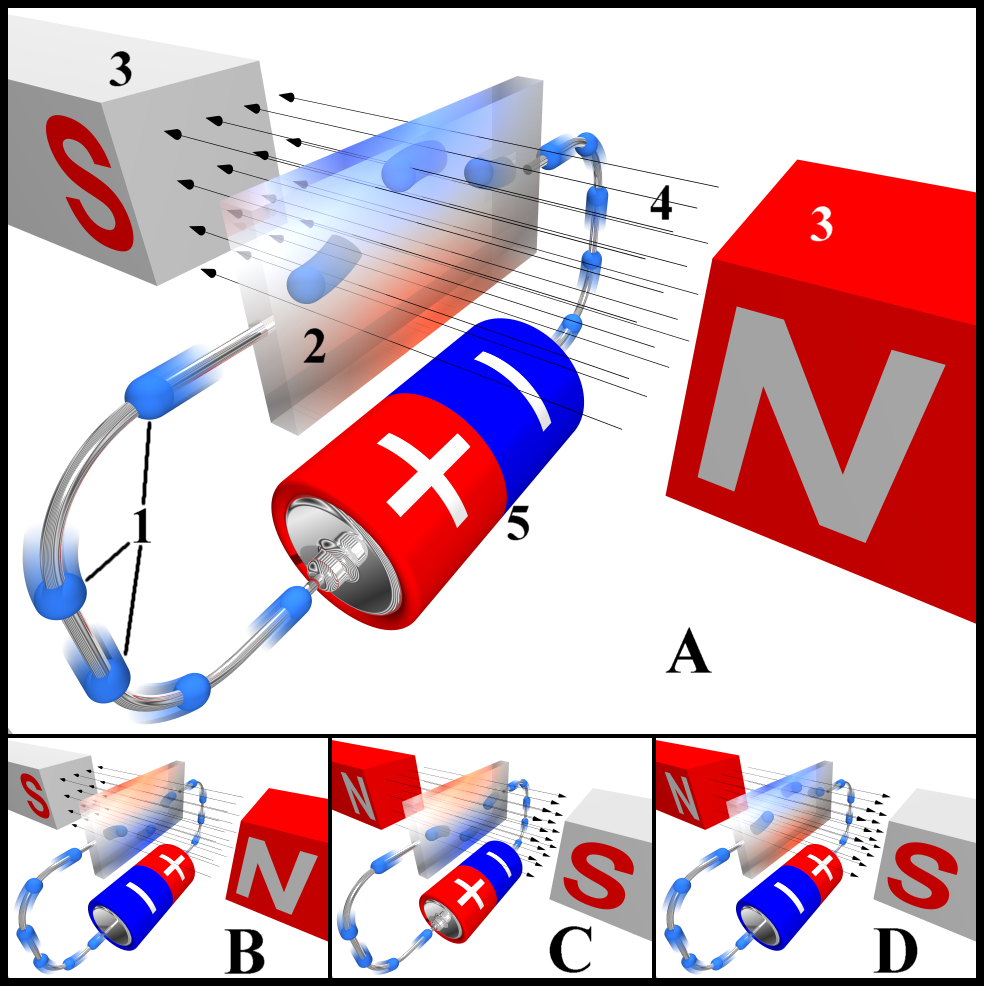
1. **The Nature of Electric Charge: It’s Fundamental and Conserved**: At the very heart of all electrical phenomena lies electric charge, an intrinsic property of matter that dictates how particles interact electromagnetically. By modern convention, the charge carried by electrons is defined as negative, while that by protons is positive. This convention, established by Benjamin Franklin long before these subatomic particles were discovered, defined a positive charge as being the charge acquired by a glass rod when rubbed with silk cloth. This foundational understanding of positive and negative charges is the starting point for comprehending all electrical interactions, providing the basic polarity that drives everything from simple static cling to complex circuits.
Every proton carries an exact charge of 1.602176634×10−19 coulombs, a value precisely defined as the elementary charge. This is a critical ‘truth’ because it means no object can possess a charge smaller than this elementary unit; any amount of charge an object carries must be an exact multiple of it. Conversely, an electron possesses an equal but opposite negative charge, meaning −1.602176634×10−19 coulombs. This quantization of charge is not limited to ordinary matter; antimatter also possesses charge, with each antiparticle bearing an equal and opposite charge to its corresponding particle, highlighting the universality of this fundamental property across the cosmos.
Crucially, electric charge is a conserved quantity. Experimentation has consistently shown that the net charge within an electrically isolated system always remains constant, regardless of any internal changes or transformations. Within such a system, charge can be transferred between bodies—either through direct contact or by passing along a conducting material like a wire—but it is never created or destroyed. This principle of charge conservation is an bedrock truth for understanding circuit analysis, electrical safety, and indeed, any scenario where charges are in motion or interaction, ensuring that the total sum of positive and negative charges remains unwavering.
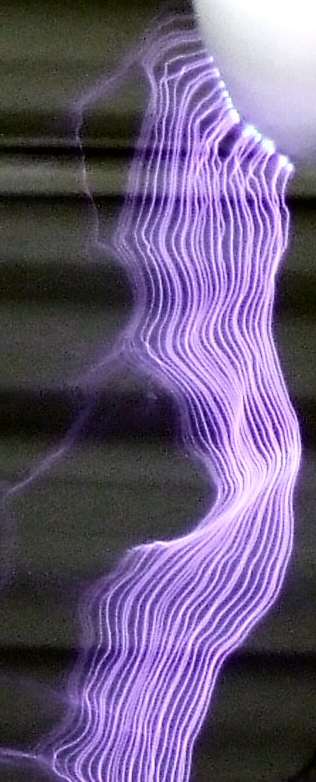
2. **The Invisible Force of Electrostatics: Attraction, Repulsion, and Coulomb’s Law**: The presence of electric charge inherently gives rise to an electrostatic force, a fundamental interaction where charges exert force on one another. This effect was recognized, though not fully understood, in antiquity, as early observers noted the mysterious attraction and repulsion between certain rubbed materials. Imagine a lightweight ball suspended by a fine thread; if charged by touching it with a glass rod previously rubbed with a cloth, and then a similar ball is charged by the *same* glass rod, a visible repulsion forces the two balls apart. Conversely, if one ball is charged by the glass rod and another by an amber rod, they are found to attract each other, demonstrating two opposing forms of this force.
These phenomena were systematically investigated in the late eighteenth century by Charles-Augustin de Coulomb, whose rigorous experiments led to the well-known axiom that remains a cornerstone of electrostatics: like-charged objects repel, and opposite-charged objects attract. This straightforward yet profound ‘truth’ explains everything from the behavior of static electricity clinging to clothes to the fundamental interactions within atoms. Coulomb’s work quantified this invisible force, providing the mathematical framework to predict its behavior with precision, a critical step in the development of electrical science.
The magnitude of this electromagnetic force, whether attractive or repulsive, is precisely described by Coulomb’s law. This law states that the force is directly proportional to the product of the two charges involved and inversely proportional to the square of the distance between them. This inverse-square relationship means that as charges move further apart, the force diminishes rapidly. The electromagnetic force is remarkably strong, second only to the strong nuclear force in magnitude, and unlike many other forces, it operates over all distances, extending towards infinity. For context, the electromagnetic force pushing two electrons apart is an astonishing 10^42 times greater than the gravitational attraction pulling them together, underscoring its dominance in microscopic interactions.
This force also explains the behavior of static electricity, which refers to the net presence or ‘imbalance’ of charge on a body, typically caused when dissimilar materials are rubbed together, transferring charge from one to the other. The tendency of charge to spread itself as evenly as possible over a conducting surface is a direct consequence of this repelling force between like charges. Understanding these electrostatic principles is crucial for preventing dangerous charge buildups and for designing equipment that operates reliably under various conditions.
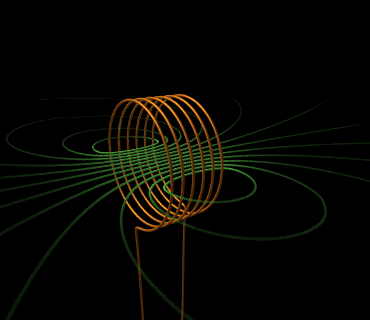
3. **Electric Current: The Movement of Charge and Its Directional Quirks**: When electric charge is set into motion, we call it an electric current, typically measured in amperes. This fundamental ‘truth’ highlights that current is not necessarily a flow of electrons alone; it can consist of any moving charged particles. While electrons are the most common carriers in metallic conductors, ions (charged atoms) moving through liquids or plasmas, such as in electrolysis or electrical sparks, also constitute an electric current. For current to flow, it must pass through an electrical conductor, a material that allows charges to move freely, in stark contrast to an electrical insulator, which impedes such movement, effectively blocking the flow of current entirely.
A fascinating historical ‘quirk’ in the understanding of electric current lies in its defined direction. By convention—known as conventional current—a positive current is defined as flowing in the same direction as any positive charge it contains, or from the most positive part of a circuit to the most negative. This convention was established before the discovery of the electron and its negative charge. Consequently, the motion of negatively charged electrons, which are often the actual charge carriers in an electric circuit, is deemed to constitute a positive current in the *opposite* direction to their physical movement. This distinction is critical for circuit analysis and design, reminding us that the chosen convention simplifies complex situations, even if it counter-intuitively opposes the physical electron flow.
The process by which electric current passes through a material is termed electrical conduction, and its nature varies significantly based on the charged particles involved and the material itself. In metallic conduction, electrons move through a conductor like copper. In electrolysis, it’s ions flowing through liquids. While the individual charged particles themselves can move quite slowly—sometimes with an average drift velocity of only fractions of a millimeter per second—the electric field that drives them propagates at nearly the speed of light. This rapid propagation of the electric field is what enables electrical signals to travel almost instantaneously along wires, a fundamental truth that underpins all high-speed communication and power delivery systems, demonstrating the subtle yet profound difference between particle speed and signal speed.
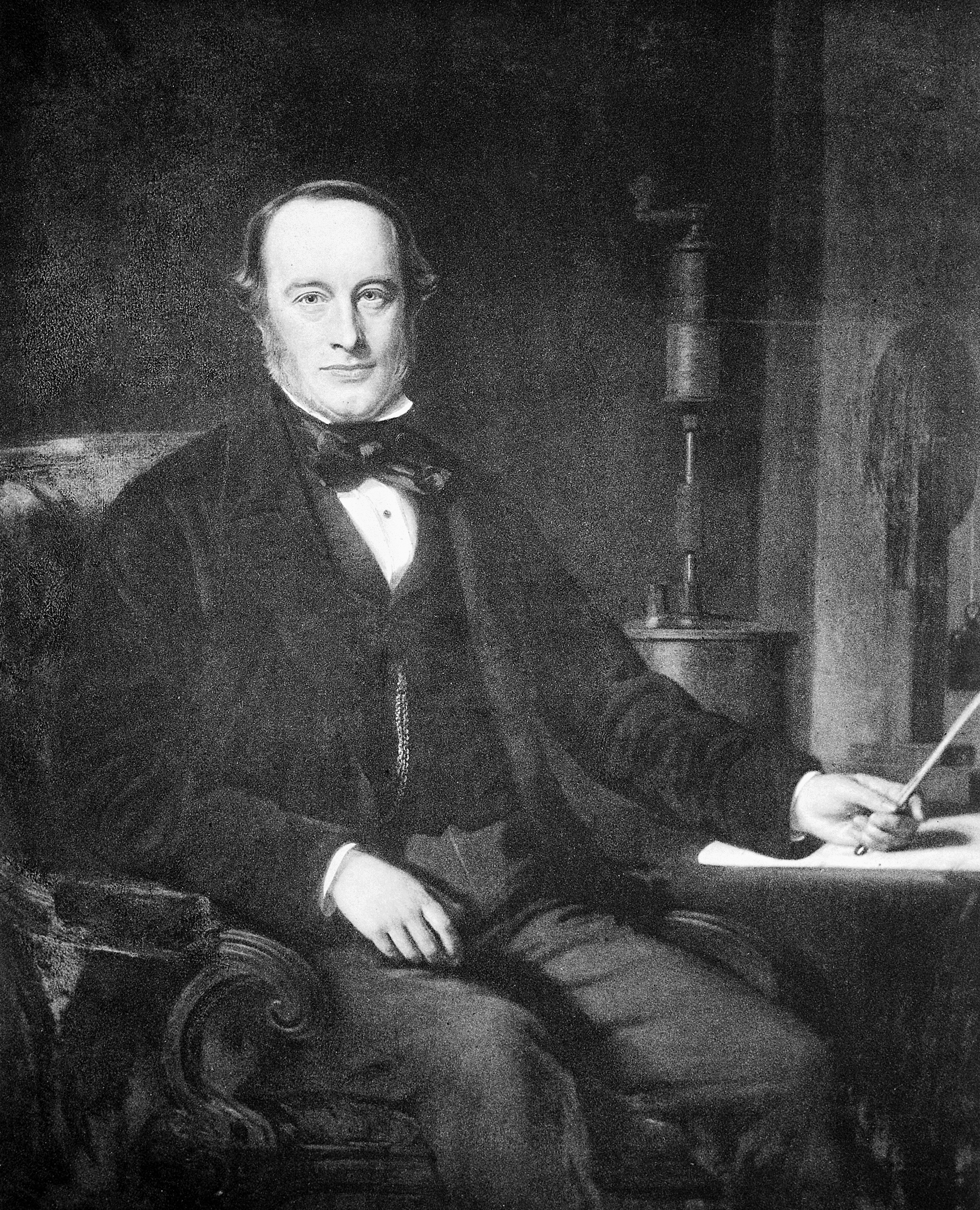
4. **Current’s Observable Effects: Heat, Electromagnetism, and Decomposition**: The passage of electric current is not just an abstract flow of charge; it produces several distinct and observable effects that have profoundly shaped our understanding and application of electricity. Historically, these effects were the primary means by which current’s presence was recognized and studied, forming the basis for numerous technological advancements. One such effect is electrolysis, discovered in 1800 by Nicholson and Carlisle, who observed that water could be decomposed by current from a voltaic pile. This process, later greatly expanded upon by Michael Faraday in 1833, revealed how electrical energy could drive chemical reactions, laying the groundwork for electroplating and various industrial chemical processes, a direct manifestation of current’s transformative power.
Another universally recognized effect is the generation of heat. Current flowing through a resistance causes localized heating, a phenomenon quantitatively studied by James Prescott Joule in 1840. This ‘truth’ explains why electrical appliances like heaters, toasters, and incandescent light bulbs work. The resistance within a conductor, arising from collisions between moving electrons and the material’s ions, converts electrical energy into thermal energy. While harnessed for useful purposes in heating elements, this effect also represents energy loss in transmission lines and electronic components, underscoring the importance of managing resistance to maintain efficiency and prevent overheating in electrical systems.
Perhaps one of the most pivotal discoveries linked to electric current was made accidentally by Hans Christian Ørsted in 1820. While preparing for a lecture, he witnessed the current in a wire disturbing the needle of a magnetic compass, a profound moment that unveiled the intricate relationship between electricity and magnetism. He had, in essence, discovered electromagnetism, a fundamental interaction that differed significantly from the gravitational and electrostatic forces then known. Ørsted observed that the electric conflict acted in a “revolving manner,” causing the compass needle to align at right angles to the current-carrying wire, with the force reversing direction if the current flow was reversed. This reciprocal relationship forms the bedrock of modern electrical technology.
This principle of electromagnetism is not without its challenges. The level of electromagnetic emissions generated by electric arcing—an energetic demonstration of electric current—can be substantial. Such emissions can produce electromagnetic interference (EMI), which can be detrimental to the workings of adjacent electronic equipment. This practical ‘truth’ necessitates careful design and shielding in electronic devices and power systems to ensure reliable operation, especially in densely packed environments. Understanding these diverse effects of current is fundamental to both harnessing electricity’s power and mitigating its potential downsides.

5. **AC vs. DC: The Fundamental Divide in Electrical Flow**: In both engineering and household applications, electric current is commonly categorized into two primary forms: direct current (DC) and alternating current (AC). These terms refer specifically to how the current varies over time, a crucial distinction with profound implications for how electricity is generated, transmitted, and utilized. Direct current, exemplified by the output of a battery and required by the vast majority of electronic devices, is characterized by a unidirectional flow. This means charge consistently moves from the positive part of a circuit to the negative part. If, as is most common, electrons are the carriers, they travel in the opposite direction, but the net flow of positive conventional current remains constant in one direction.
Alternating current, on the other hand, is defined as any current that repeatedly reverses its direction. Almost universally, this reversal takes the form of a sine wave, where the current’s magnitude and direction oscillate rhythmically. This means that AC effectively pulses back and forth within a conductor, with the significant consequence that the charge itself does not move any net distance over time. While the time-averaged value of an alternating current is zero, it continuously delivers energy, first in one direction and then in the reverse. This oscillating nature allows for unique electrical properties not observed under steady-state direct current conditions, making AC particularly versatile for certain applications.
The dynamic nature of alternating current means it is affected by electrical properties like inductance and capacitance, which play negligible roles in steady-state direct current circuits. Inductance, typically from coils of wire, and capacitance, from devices that store charge, interact with changing currents, leading to effects like impedance that shape AC circuit behavior. These properties become particularly important when circuitry is subjected to transients, such as when a system is first energized or experiences sudden changes in load. The continuous push and pull of AC current in these components influences energy storage and dissipation, distinguishing it sharply from the more straightforward flow of DC.
The historical “War of the Currents” at the turn of the century, primarily between Thomas Edison advocating DC and George Westinghouse (championing Nikola Tesla’s AC systems), was a pivotal moment in electrical history. AC ultimately prevailed for widespread power distribution due to its inherent advantage: it could be easily converted via transformers to higher voltages for transmission over long distances with significantly lower losses. While AC remains the dominant form for grid power, advancements in power electronics have since enabled High Voltage Direct Current (HVDC) applications. HVDC now offers controlled transmission of large amounts of power efficiently over very long distances, often in narrower rights-of-way, demonstrating that while AC solved a critical problem in the past, technology continues to evolve the ‘truths’ of electrical transmission.
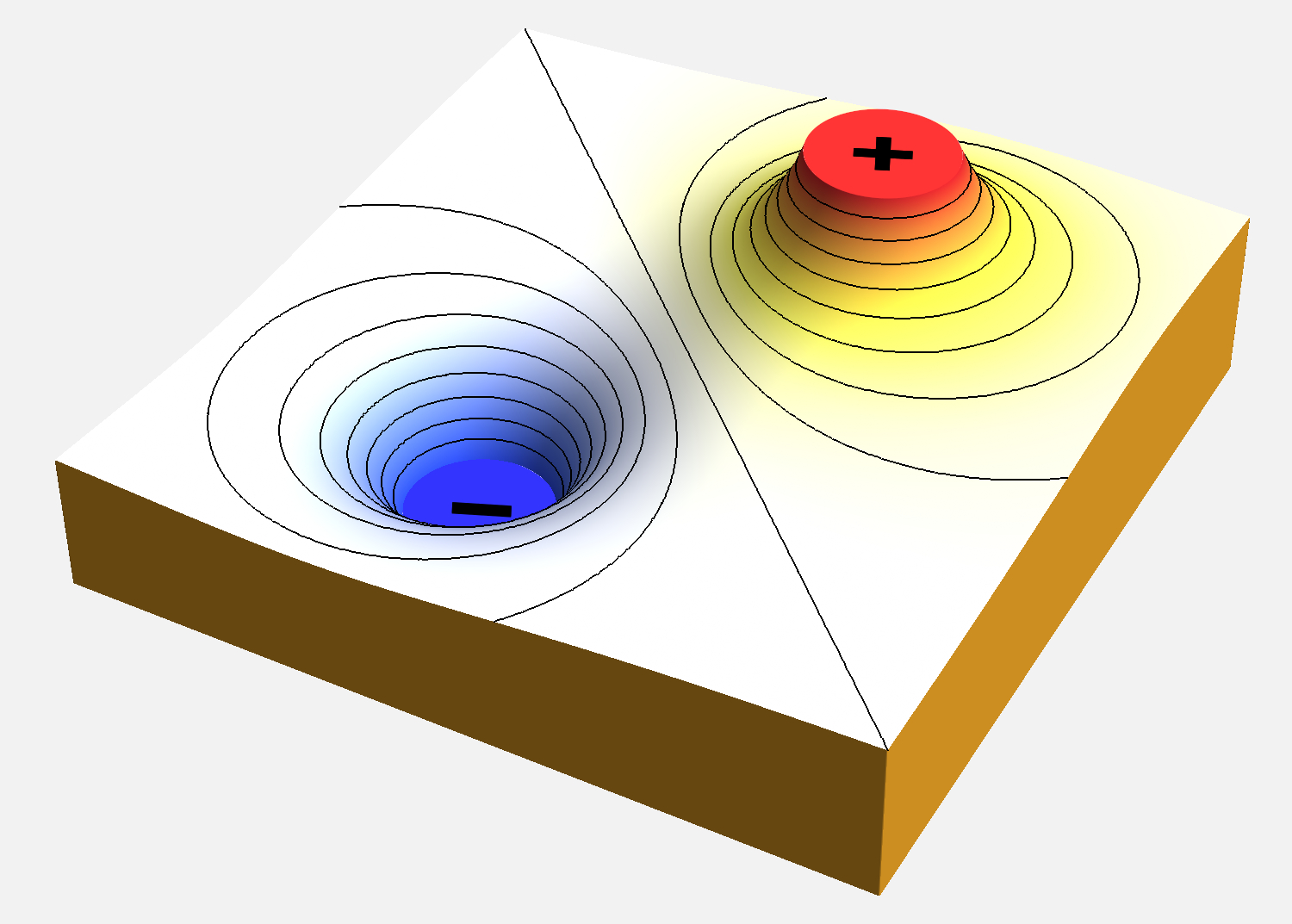
6. **Electric Fields: The Invisible Architect of Electrical Interaction**: Stepping beyond the immediate contact forces between charges, we encounter the profound concept of the electric field, introduced by Michael Faraday. This invisible, yet immensely powerful, field is generated by any charged body and permeates the space around it, ready to exert a force on any other charges that enter its domain. It acts much like a gravitational field, extending towards infinity and diminishing with the square of the distance from its source, yet with a crucial difference.
Unlike gravity, which exclusively pulls masses together, the electric field can both attract and repel, dictated by the polarity of the interacting charges. This duality explains why gravity often appears to be the dominant force in the universe at macroscopic scales; large celestial bodies typically carry no net charge. However, in the realm of atomic and subatomic particles, the electric field’s strength far surpasses that of gravity, profoundly shaping the very structure of matter.
To visualize this abstract concept, Faraday introduced ‘lines of force,’ an imaginary mapping where lines originate from positive charges and terminate on negative ones. These lines vividly illustrate the field’s direction at any point and adhere to strict rules: they must enter any good conductor at right angles, and they can never cross each other or form closed loops. While conceptual, this visualization is invaluable for understanding the field’s behavior and intensity, formally defined as the force exerted per unit charge.
Understanding electric fields is not merely academic; it underpins critical real-world applications and safety measures. A prime example is the Faraday cage, a hollow conducting body that carries all its charge on its outer surface, ensuring a zero electric field within its interior, thus isolating it from external electrical effects. Conversely, the finite limit of a medium’s ability to withstand an electric field leads to electrical breakdown, like lightning, where the field in the air can exceed 30 kV per centimeter, causing dangerous discharges. This knowledge is exploited in lightning conductors, whose sharp points encourage a controlled strike away from protected structures.

7. **Electric Potential: The Landscape of Electrical Energy**: Intimately connected with the electric field is the concept of electric potential, which provides a scalar measure of the electrical energy landscape. Imagine bringing a tiny, negligible ‘test charge’ from an infinite distance, slowly, against the force of an existing electric field. The energy required to accomplish this defines the electric potential at that specific point, measured in volts. One volt signifies that one joule of work is expended to move a single coulomb of charge from infinity.
While that definition references infinity, a more practically useful concept is the electric potential difference, commonly known as voltage. This measures the energy needed to move a unit charge between two specified points within an electric field. Because the electric field is conservative—meaning the work done is independent of the path taken—this potential difference between any two points has a unique and consistent value, making voltage an indispensable metric for analyzing circuit behavior.
For real-world applications, a universal reference point for potential is essential. The Earth itself serves this purpose, assumed to be at a uniform zero potential everywhere, effectively acting as an infinite, unchargeable source of equal positive and negative charge. This ‘ground’ reference simplifies complex electrical systems and is fundamental to electrical safety and design. Just as an object falls through a gravitational height difference, a charge “falls” across a voltage difference in an electric field.
Visualizing electric potential is often done through equipotential lines, analogous to contour lines on a topographical map. These lines, drawn around an electrostatically charged object, are always perpendicular to the lines of force of the electric field and must lie parallel to a conductor’s surface. This relationship reveals another crucial truth: the electric field itself is the local gradient of the electric potential, its vector direction pointing along the steepest slope where equipotential lines are closest together.
8. **Electricity’s Global Footprint: Generation, Transmission, and Usage Standards**: Having explored electricity’s fundamental principles, our ultimate reality check involves appreciating its broader practical implications, from its generation to its global usage standards. It’s crucial to remember that electricity itself is a *secondary* energy source. We produce it by converting primary energy sources—like the chemical energy in coal and natural gas, nuclear energy, or the kinetic energy of wind and solar radiation—into electrical power. This conversion is a truth that underpins our entire energy economy, making electricity an efficient energy carrier.
The evolution of our electrical systems, known as “the grid,” provides a compelling historical reality check. What began over 120 years ago with isolated generating plants serving dedicated customers, such as the Pearl Street Station in 1885, gradually transformed. Over decades, utilities linked multiple plants, recognizing that interconnected systems offered immense advantages in reliability—providing access to backup generation during failures, meeting unexpected demand, and improving economics through shared reserves. By the mid-1960s, a robust, interconnected system had replaced isolated setups, a testament to practical benefits.
Yet, this global dependence on electricity also comes with a fascinating truth about standardization: there isn’t any single one. If you’ve traveled internationally, you’ve likely encountered the reality of diverse electrical standards, from different shaped plugs to varying voltages and frequencies. For instance, the United States typically uses 110-120V at 60 Hz, while many other countries employ 220-240V at 50 Hz. This patchwork emerged because early electrical standards were established by individual countries, necessitating converters for modern travelers.
Finally, while advanced electrical applications are alluring, a reality check on some futuristic concepts is warranted. Could we harness lightning as an energy source? While a single strike is powerful, strikes are too brief and infrequent to meet overall electrical needs; you’d need over 58,000 strikes daily to match a large power plant’s output. What about wireless transmission of electricity? It’s possible, but efficiency losses are extremely high with current technology, making it far from cost-effective for delivering significant power. These insights remind us that while electricity is a marvel, its practical application is constrained by fundamental physical truths.
From the fundamental particles that carry charge to the intricate dance of fields and currents, and finally, to the global infrastructure that powers our lives, the truths of electricity are both subtle and profound. Understanding these core principles—the invisible forces, the directional quirks of current, the ingenious ways we generate and manipulate power—is more than just academic knowledge. It’s an essential reality check for anyone navigating our increasingly electrified world, allowing us to appreciate not only electricity’s incredible utility but also the inherent challenges and continuous innovation required to harness its power responsibly and efficiently.




